
The Dilemma of Choice in the E-Commerce Era
Imagine you’re running a thriving e-commerce business. Your products are a hit online, and your brand is gaining traction. But here’s the catch – as your business grows, so does the complexity of managing your sales channels. Do you stick to the multichannel approach that’s brought you this far, or do you leap into the world of omnichannel fulfillment, with its promise of seamless integration and enhanced customer experience?
In this comprehensive exploration, we dive deep into the world of multichannel vs. omnichannel fulfillment. We’ll unravel the definitions, dissect their key differences, and track the evolution of these strategies in the e-commerce sector. Moving beyond theory, we’ll delve into practical insights through in-depth case studies from the apparel and health and beauty industries, examining brands like Primark, That’s So Fetch, and FullWell, among others.
Jump right in: Multichannel vs. Omnichannel Fulfillment
- What is Multi-Channel Fulfillment?
- What is Omnichannel Fulfillment?
- Differences Between Multi-Channel and Omnichannel Fulfillment
- Pros and Cons: Multi-Channel vs Omnichannel Fulfillment
- Evolution of E-Commerce Fulfillment Strategies
- Case Studies: Multi-Channel vs. Omnichannel
- Future Trends for eCommerce Fulfillment
- Summary and Key Take-Aways
Multichannel and Omnichannel Fulfillment: Definitions and Key Differences
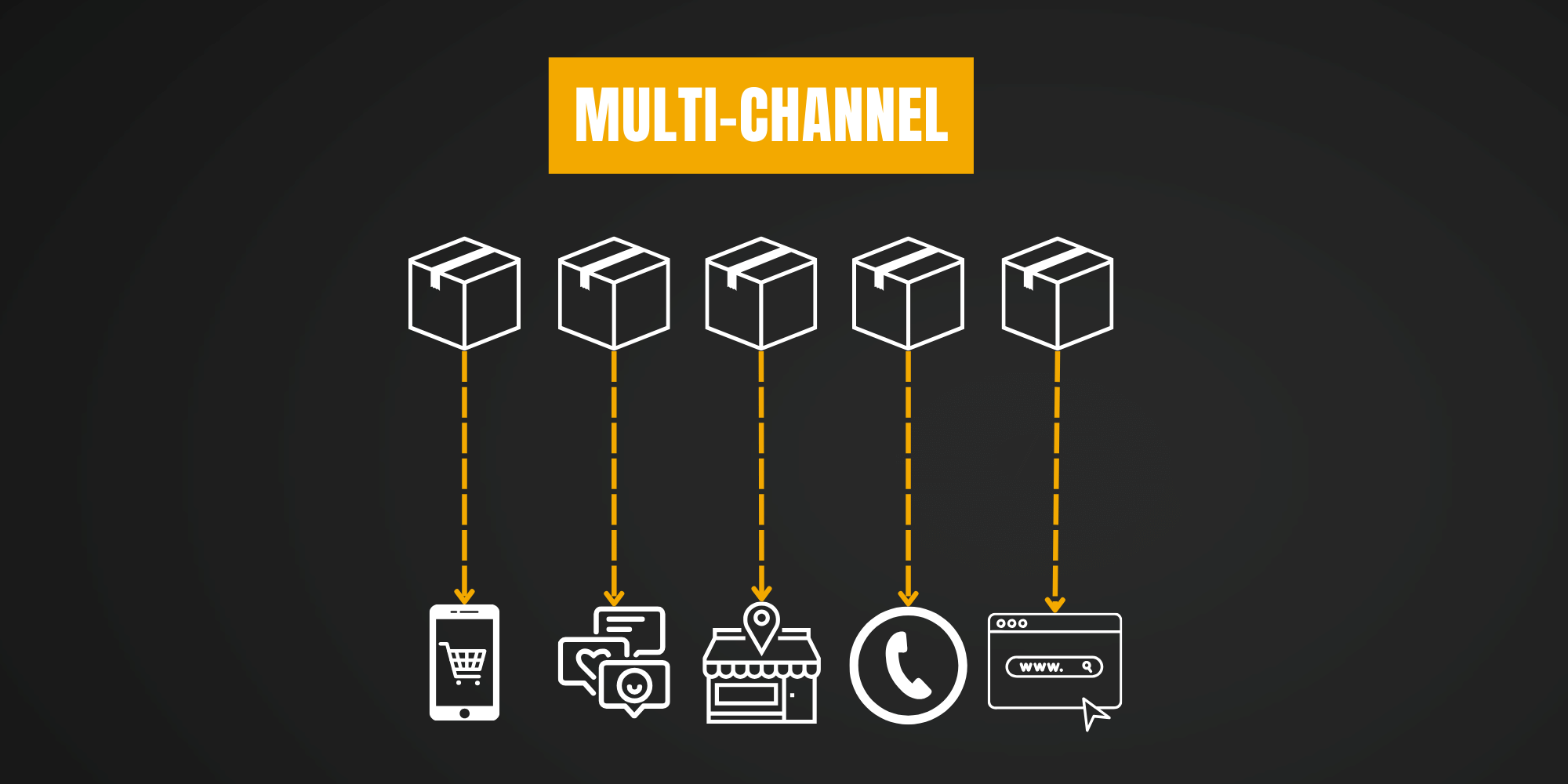
What is Multichannel Fulfillment?
Multi-channel fulfillment refers to an e-commerce strategy where a business uses multiple sales channels, such as a physical store, online marketplaces, and its own website, to reach customers. Each channel operates independently with its own inventory and management system.
The end customer can purchase items through these different channels. You will often see these products listed on Amazon, eBay, social media, direct websites, and brick-and-mortar stores. This allows businesses to cast a wide net, reaching customers wherever they are. However, the lack of integration between these channels can sometimes lead to a disjointed customer experience and operational challenges.
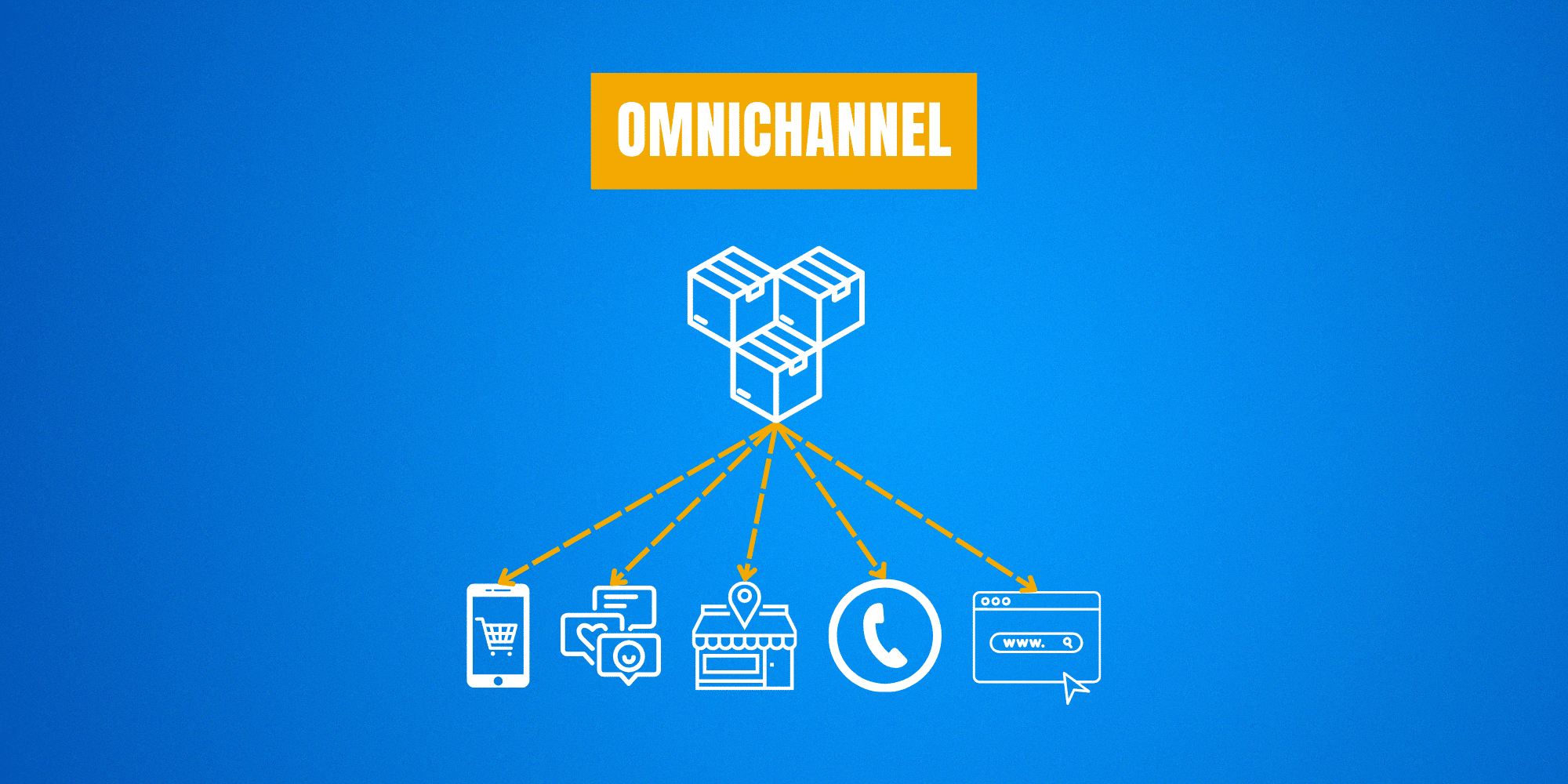
What is Omnichannel Fulfillment?
Omnichannel fulfillment is an integrated approach in e-commerce where all sales channels, including online, in-store, and mobile, are unified, providing a seamless and cohesive customer experience. It ensures consistent inventory management and customer service across all platforms.
Whether a customer shops online, in a physical store, or on a mobile app, the experience is unified. Inventory and data are shared across all channels, leading to more efficient operations and a more cohesive brand experience.
What Are the Differences Between Multi-Channel and Omnichannel Fulfillment?
In the world of e-commerce, the terms ‘Multichannel’ and ‘Omnichannel’ fulfillment are often used interchangeably, but they represent distinct strategies with unique characteristics and implications for businesses.
| Aspect | Multichannel Fulfillment | Omnichannel Fulfillment |
|---|---|---|
| Channel Integration | Low. Channels operate independently. | High. Seamless integration across all channels. |
| Customer Experience | Inconsistent. Varies across different channels. | Consistent and unified across all touchpoints. |
| Inventory Management | Separate for each channel. Can lead to inefficiencies. | Centralized and synchronized across all channels. |
| Data and Analytics | Siloed per channel, making holistic insights challenging. | Integrated, offering a comprehensive view of customer behavior. |
| Brand Messaging | Can vary between channels. | Uniform across all channels, strengthening brand identity. |
| Flexibility and Scalability | Flexible in exploring different channels but can be limited in scaling. | Highly scalable due to integrated systems and processes. |
| Customer Engagement | Independent engagement strategies for each channel. | Harmonized engagement, leveraging insights across all channels. |
| Operational Complexity | High, due to managing separate systems and inventories. | Lower, due to streamlined operations and unified systems. |
Pros and Cons: Multi-channel vs Omnichannel Fulfillment
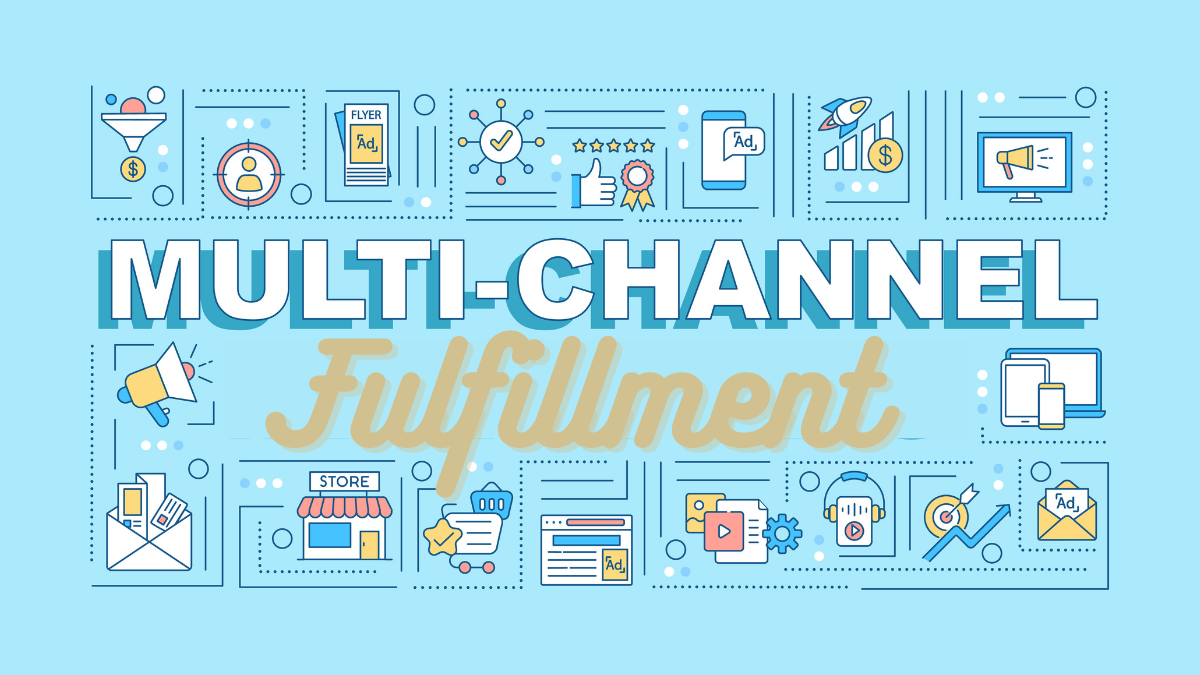
Pros & Cons of Multi-Channel Fulfillment
Pros:
- Able to present different brand experiences.
- Allows individual forecasting for each channel.
- Independent pricing and shipping strategies.
- Different types of sales on each channel.
- Customization in end experience and pricing by channel.
- Flexibility to offer quicker shipping and lower rates.
- Ability to scale the business.
Cons:
- Inventory is spread out between channels.
- Harder to predict inventory forecasting without a 3PL.
- Varied end customer experiences (shipping times, packaging, costs).
- Separate marketing on each channel.
- Requires more capital.
- Split inventory impacts overall margins and customer support.

Pros & Cons of Omnichannel Fulfillment
Pros:
- Consolidated inventory system.
- Simplifies purchasing for the end recipient.
- Consistent experience in-store and online.
- Expands brand’s reach across multiple platforms.
- Tailored marketing based on brand.
- Improves overall customer experience.
- Reduces customer churn.
- Better visibility and forecasting for inventory.
Cons:
- Managing multiple integrations can be cumbersome.
- Direct handling of customer service.
- Cannot be a Prime Seller on Amazon.
- Requires partnership with a capable fulfillment center or use of return processing apps.
The primary difference lies in integration. Multichannel fulfillment is about presence across various platforms, while omnichannel fulfillment focuses on creating a connected and cohesive experience. For businesses like your’s, this means choosing between broader reach without integration (multichannel) or a seamless customer journey across all touchpoints (omnichannel).
Need More Explaination?
Below is a fantastic video by
Interested Easier Order Fulfillment?
Contact us and we’ll tell you how we can improve your multi-channel fulfillment experience with a 3PL fulfillment service.
Evolution of E-Commerce Fulfillment Strategies

The Shift to Omnichannel: Driven by Market and Consumer Behavior
The transition from multichannel to omnichannel has been driven by several factors. One key driver is the changing consumer behavior. Today’s consumers expect a seamless shopping experience. They might browse products on a mobile app, compare prices on a website, and finally purchase in a physical store. This omnichannel behavior demands an integrated response from businesses.
Moreover, technological advancements have made it easier for businesses to integrate their various channels. The rise of cloud computing, big data analytics, and advanced inventory management systems has enabled businesses to synchronize their channels effectively.
The Omnichannel Advantage in the Modern Market
The shift to omnichannel is also a response to the increasingly competitive market. In a landscape where customer experience can be a significant differentiator, an omnichannel strategy offers a more personalized and engaging shopping experience. This approach not only increases customer satisfaction but also builds stronger brand loyalty and efficiency in operations.
Case Studies: Multi-Channel vs. Omnichannel
Apparel Industry
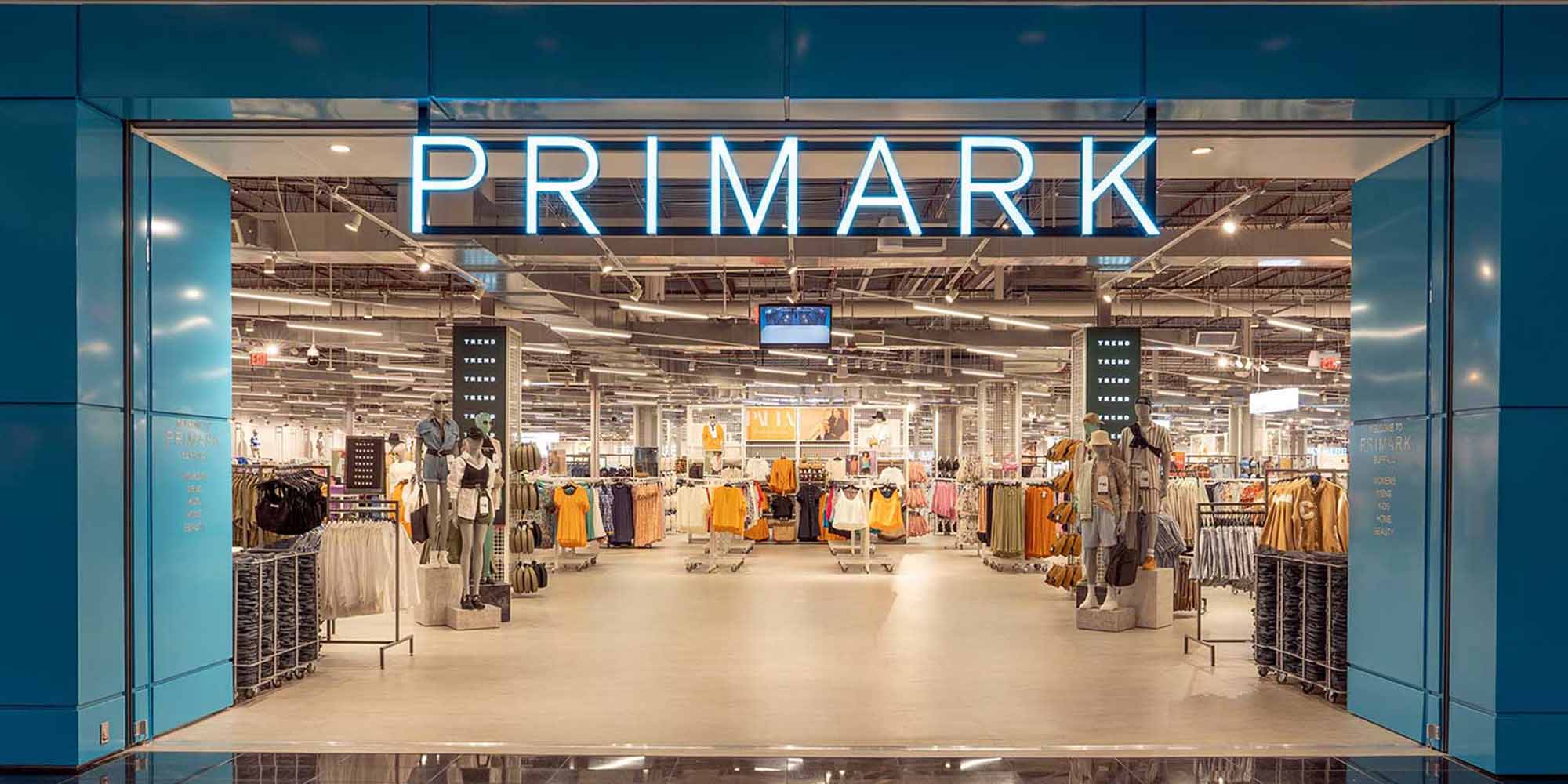
Primark: The Pitfalls of a Purely Brick-and-Mortar Approach
Primark, a clothing giant known for its physical stores, encountered a massive challenge during the COVID-19 pandemic. With the closure of stores across Europe, their monthly sales nosedived from £650 million to virtually zero. This crisis highlighted a critical vulnerability in relying solely on physical stores. It underscored the importance of having an online presence as a safety net and as a complementary channel to brick-and-mortar operations.

That’s So Fetch: Harmonizing Online Presence with Fulfillment
That’s So Fetch, an Australian apparel brand, mastered the art of online engagement. By leveraging a strong social media presence, they built a community of fashion enthusiasts. Their strategic partnership with a third-party logistics provider was pivotal in transitioning from a startup to a thriving brand. This case exemplifies the power of integrating a robust online presence with efficient fulfillment strategies, creating a dynamic and responsive e-commerce ecosystem.
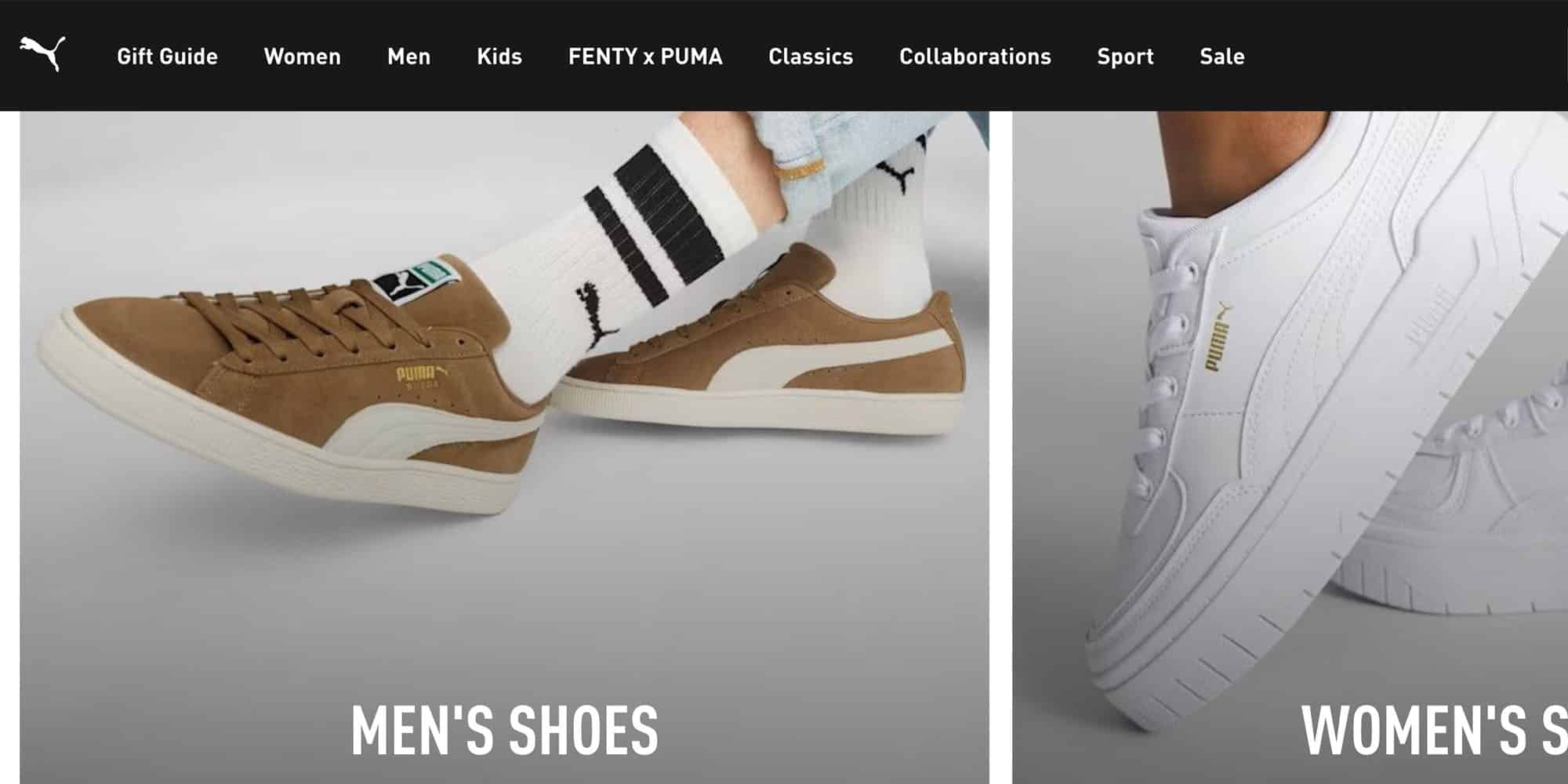
PUMA North America: Embracing Technology for Fulfillment Efficiency
PUMA North America revolutionized its fulfillment operations by adopting goods-to-person technology. This innovative approach enabled them to achieve same-day shipping and effectively manage peak season demands. PUMA’s story is a testament to the transformative impact of technology integration in omnichannel fulfillment, enhancing speed, efficiency, and customer satisfaction.
Health and Beauty Industry
FullWell: Scaling Up with Smart Fulfillment Choices
In the health and beauty sector, FullWell, specializing in prenatal vitamins, illustrates the importance of scalable fulfillment strategies. Their rapid growth necessitated a partnership with a new logistics provider, allowing for smarter shipping selections and handling increased demand. This strategic move highlights the need for adaptable and scalable fulfillment solutions in fast-growing sectors such as nutraceuticals.
Additional Examples
Urban Outfitters: Digital Integration for a Seamless Customer Journey
Urban Outfitters took a holistic approach to their omnichannel strategy. By creating a user-friendly website, engaging customers through social media, and developing unique content channels like “UO Live”, they crafted a comprehensive digital customer experience. This strategy not only enhanced brand engagement but also ensured consistency across all customer touchpoints.
Abercrombie & Fitch: Bridging Online and Offline Worlds
Abercrombie & Fitch innovated the retail experience by enabling online and in-store pickups, searching for in-store merchandise on the web, and synchronizing shopping carts across devices. This approach enhanced the flexibility and seamlessness of the shopping experience, allowing customers to fluidly move between online and offline channels.
Key Strategies and Takeaways:
- Diversification and Integration: The necessity of balancing physical and online presence.
- Technology as a Fulfillment Catalyst: Utilizing advanced technology to streamline operations and enhance customer experiences.
- Scalability and Adaptability: The importance of scalable solutions in fast-growing industries.
- Customer Experience Continuity: Ensuring a seamless and consistent journey across all channels.
These case studies provide many strategies and insights, illuminating the path for businesses navigating the complex world of e-commerce fulfillment. For professionals like you, these offer valuable lessons in resilience, innovation, and customer-centric approaches.
E-commerce Seller’s Challenges and Solutions

Addressing Common Pain Points
Inventory Management Complexity
One of the greatest hurdles in e-commerce fulfillment is managing inventory across multiple channels. This complexity often leads to discrepancies, resulting in overstocking, stockouts, or backorders. The solution lies in implementing centralized inventory systems that provide real-time data across all channels, ensuring consistent stock levels and avoiding sales loss.
Inconsistent Customer Experience and Operational Inefficiencies
A disjointed customer experience across various sales channels can erode brand loyalty. To combat this, businesses must adopt a unified approach, ensuring that pricing, product availability, and customer service are consistent no matter where the customer interacts with the brand. Operational efficiencies can be achieved by streamlining processes and integrating systems to reduce redundancies and errors.
Data Integration and Customer Support Challenges
The siloed nature of data in multichannel setups impedes effective decision-making. Integrating data analytics tools can provide a holistic view of customer behavior and preferences across channels, aiding in personalized marketing and better customer service. Furthermore, a unified customer support system, accessible across all channels, can greatly enhance the customer experience and resolve issues more efficiently.
Technological Advancements in Fulfillment and Solutions
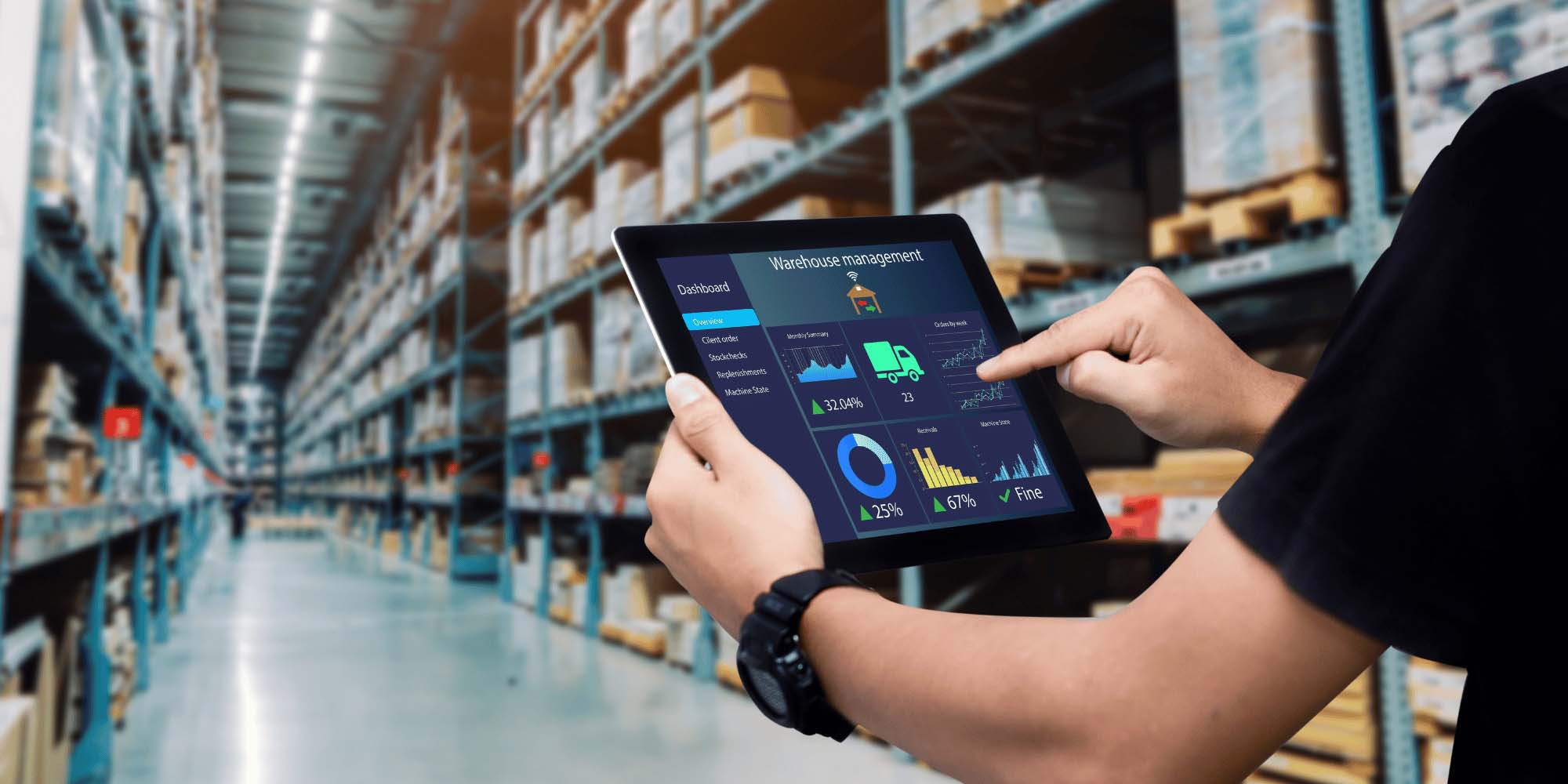
Leveraging AR, IoT, AI, and Automation
The use of Augmented Reality (AR) in warehouses can simplify inventory monitoring, enhancing efficiency and accuracy. The Internet of Things (IoT) facilitates real-time inventory management through technologies like smart shelves. Advanced Robotics and Automation in warehouses assist in accurate and speedy order processing. AI and Cognitive Automation aid in optimizing product allocation and distribution, leading to improved profitability and customer satisfaction.

eFulfillment Service: A Case in Point
eFulfillment Service exemplifies how technology can be harnessed to offer efficient omnichannel fulfillment solutions. They provide a suite of services tailored for e-commerce sellers operating in online stores, Amazon, eBay, Etsy, and other marketplaces like Walmart, Target, and Ulta. Key offerings include:
- Seamless Integration Across Platforms: Their service ensures that inventory and sales data are synchronized across all sales channels, reducing the complexity of managing multiple platforms.
- Smart Inventory Management: Utilizing advanced technology, eFulfillment Service offers real-time inventory tracking, which is crucial in preventing stockouts and overstocking.
- Efficient Order Processing and Shipping: Their streamlined process ensures quick and accurate order fulfillment, which is vital for maintaining customer satisfaction and loyalty.
- Data Analytics and Reporting: They provide valuable insights into sales trends and inventory management, aiding in strategic decision-making.
For e-commerce managers like you, partnering with a service like eFulfillment Service means mitigating many of the challenges associated with multichannel and omnichannel fulfillment. It offers a blend of technological sophistication and practical solutions that can transform the complexities of e-commerce fulfillment into a strategic advantage.
Future Trends in E-Commerce Fulfillment
Emerging Technologies and Strategies
Predictions about Future Technological Advancements
The future of e-commerce fulfillment is poised for transformative changes driven by technological advancements. We can anticipate a greater integration of Artificial Intelligence (AI) and Machine Learning (ML) in predictive analytics, enabling businesses to forecast demand and optimize inventory with unprecedented accuracy. Blockchain technology is expected to enhance transparency and security in supply chains, providing real-time tracking and tamper-proof records.
Impact on Omnichannel and Multichannel Strategies
These advancements will profoundly impact both omnichannel and multichannel strategies. AI and ML will allow for more personalized customer experiences and efficient inventory management, crucial for the success of omnichannel strategies. Blockchain will bring improved trust and efficiency to multichannel supply chains, making it easier to manage disparate channels securely. Additionally, the evolution of IoT devices will further streamline operations, allowing for even more cohesive integration across different sales platforms.
Preparing for the Future

Actionable Advice for Staying Ahead
To stay competitive in the evolving e-commerce landscape, businesses must be proactive and adaptive. Here are some actionable steps:
-
Invest in Advanced Analytics:
- Embrace AI and ML for predictive analytics to make informed decisions about inventory and customer preferences.
- Regularly analyze data to understand market trends and customer behavior.
-
Focus on Supply Chain Transparency:
- Consider incorporating blockchain technology to enhance transparency and efficiency in your supply chain.
- Develop a system for real-time tracking of goods to ensure timely delivery and customer satisfaction.
-
Adopt a Customer-Centric Approach:
- Prioritize personalization in your marketing and sales efforts to enhance customer engagement and loyalty.
- Ensure a seamless and consistent experience across all channels to meet the rising expectations of customers.
-
Stay Informed and Flexible:
- Keep abreast of emerging technologies and industry trends.
- Be ready to adapt and implement new technologies that align with your business goals and customer needs.
-
Cultivate Partnerships and Collaborations:
- Seek partnerships with technology providers and other businesses to enhance your capabilities and reach.
- Collaborate with logistics and fulfillment experts like eFulfillment Service to leverage their expertise and technological solutions.
By following these steps, businesses can position themselves to not only adapt to the future changes in e-commerce fulfillment but to thrive in them. For e-commerce managers like you, staying informed and agile is key to navigating and capitalizing on these future trends.
Fulfill Multi-Channel Orders Effortlessly!
Summary – Multi-Channel vs Omnichannel Fulfillment
As we wrap up our comprehensive journey through the realms of multichannel and omnichannel fulfillment, let’s take a moment to reflect on the key insights we’ve uncovered:
- Defining the Landscape: We began by differentiating between multichannel and omnichannel fulfillment. While multichannel focuses on diverse but separate sales channels, omnichannel brings a harmonious integration, ensuring a seamless customer experience.
- Learning from Real-World Examples: Our exploration through various case studies in the apparel and health and beauty sectors revealed invaluable lessons. We saw how Primark’s brick-and-mortar reliance posed challenges, whereas That’s So Fetch and PUMA North America harnessed online integration and technological advancements for success.
- Addressing the Pain Points: We delved into common challenges faced by e-commerce businesses, from inventory management to customer support, and discussed how integrating advanced technologies and strategies can offer effective solutions.
- Embracing Future Trends: Looking ahead, we recognized the potential of emerging technologies like AI, ML, and Blockchain in shaping the future of e-commerce fulfillment, urging businesses to stay informed and adaptable.
As we conclude, we’d like to extend a special invitation to all e-commerce managers and enthusiasts. If you’re seeking to navigate the complexities of e-commerce fulfillment and are contemplating the leap into omnichannel strategies, I encourage you to consider partnering with a specialized fulfillment service.
Why Choose eFulfillment Service?
- Tailored Solutions: eFulfillment Service offers bespoke fulfillment solutions that cater to the unique needs of your business, whether you’re operating on Amazon, eBay, Etsy, or other platforms.
- Technological Edge: With their advanced technology integrations, you gain real-time insights into inventory management, efficient order processing, and data analytics.
- Scalability: As your business grows, eFulfillment Service scales with you, ensuring that your fulfillment processes remain smooth and efficient.
- Experience and Reliability: With a proven track record in the industry, partnering with eFulfillment Service means placing your trust in a team of experienced professionals who understand the nuances of Multi-channel fulfillment.
We invite you to reach out to eFulfillment Service for a free quote and explore how their services can elevate your e-commerce fulfillment strategy. In a landscape where the right fulfillment approach, such as Multi-channel vs Omnichannel Fulfillment, can make a significant difference, choosing a partner like eFulfillment Service could be the strategic decision that propels your business to new heights.




0 Comments